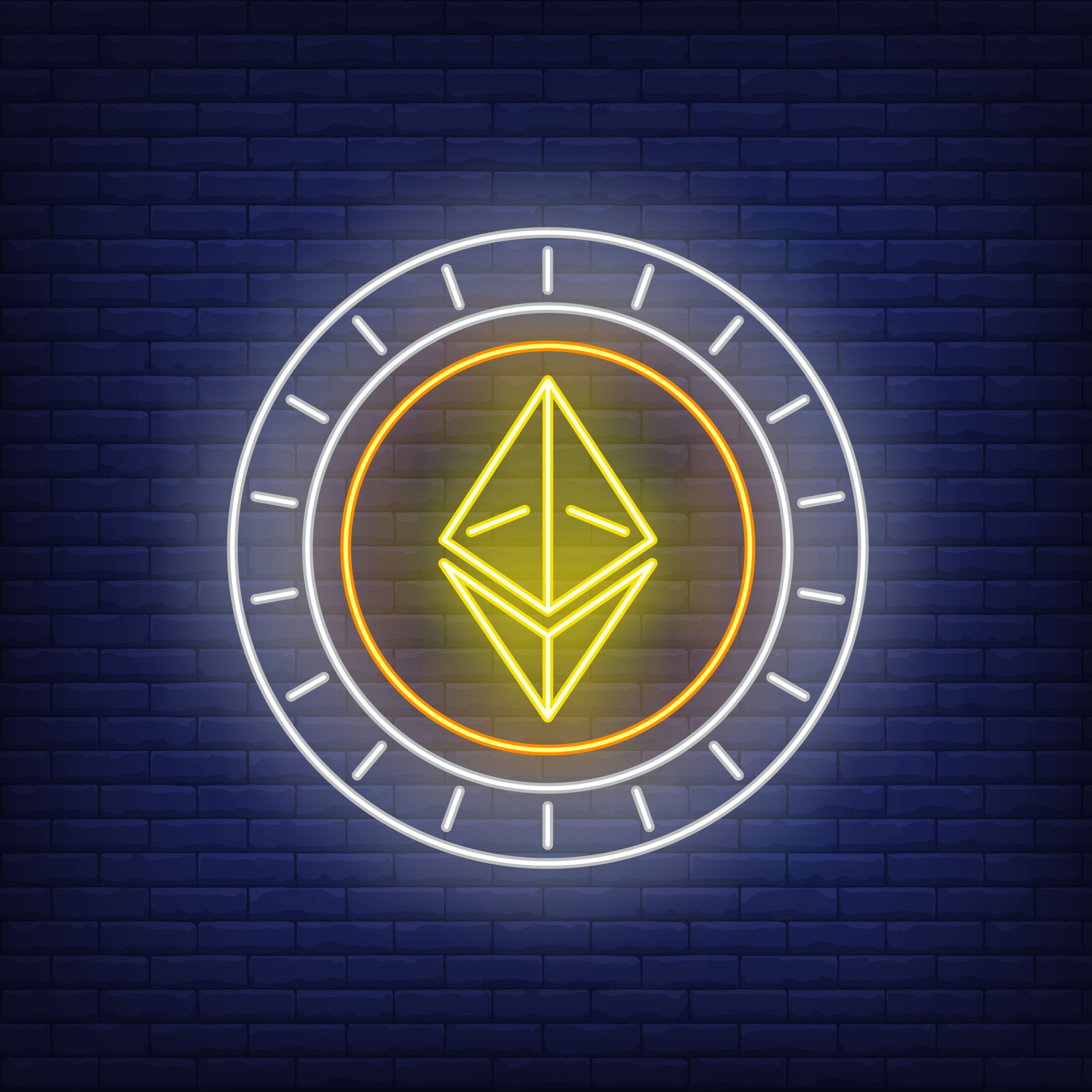Ethereum is an open-source public blockchain network. However, Ethereum network brings some key technology that makes it a powerful platform. It includes the introduction of smart contracts and other applications in a decentralized manner.
What is Ethereum?
Ethereum is a decentralized blockchain platform that allows peer-to-peer network that securely executes and verifies application code called smart contracts.
Smart contracts allow users to make transactions without the need for a central authority. Ethereum was visualized as a global computer that would allow developers to execute apps powered by smart contracts. Developers can build decentralized apps on Ethereum. Ethereum was introduced by Vitalik Buterin in 2013.
Ethereum as a Next-Gen Blockchain
Developers have attempted to construct multiple decentralized apps using a completely new blockchain to expand the scope of functionality. The goal of Ethereum blockchain is to make it easier to deploy decentralized apps on the Ethereum network rather than to create separate blockchains for each. Ethereum allows quick creation of decentralized apps and assured complete security.
Applications of Ethereum
Earlier Ethereum is working on the proof-of-work mechanism which includes multiple miners to validate the transactions.
There has been development in Ethereum and now it is working on proof-of-stake mechanism where the validators are supposed to stake a few Ether (token of Ethereum) in exchange they get a chance to validate new transactions and earn rewards but if they give the wrong output they may lose their stake as a penalty. This is the next version of Ethereum known as Ethereum 2.0.
Smart Contracts
Ethereum has a feature called smart contracts which allows participants to make transactions without the help of central authority. Smart contracts automatically execute the action necessary to fulfill an agreement. Popular Ethereum apps i.e. MakerDAO and Compond use smart contracts for lending and allowing users to earn interest.
Dapps (Decentralized Applications)
Decentralized apps are not controlled by central server. Dapps run on a distributed peer-to-peer network. It is an open-source application. Dapps are the collection of smart contracts that perform complicated tasks, such as exchanging one token for another or ending a token using another token as collateral.
Examples of Dapps are Uniswap and OpenSea.
Decentralized Finance (DeFi)
DeFi disrupts the traditional financial world through its ability to offer a range of financial products directly from one party to another through blockchain technology. Lending, borrowing, investment opportunities, and insurance are all DeFi products available to users on the Ethereum blockchain. DeFi platform includes AAVE and Uniswap.
NFT (Non-fungible tokens)
NFT can be used to record ownership of virtually any digital item.
NFTs are another addition to the Ethereum blockchain that has surged in popularity.NFTs have revolutionized the art world, providing the things that have always been crucial NFT collection includes CryptoPunks and CryptoKitties.
Gaming
Ethereum platform offers a gaming model that rewards the players for the time and effort they make. This gaming model enables players to earn crypto or NFTs by playing various games. It includes Axie Infinity and The Sandbox.
Ethereum Naming System(ENS)
ENS is just like an IP address to a human-readable name, you can map any Ethereum contract or wallet address to a human-readable name.
Future of Ethereum
Ethereum along with Bitcoin has become popular name when referring to cryptocurrencies. While they both are similar in nature they follow the same fundamental principle they both differ in terms of their functionality. While Bitcoin is currently the most valuable cryptocurrency in the market, Ethereum is showing significant growth. One of the main reasons for Ethereum’s growth is that it was created to provide a platform for decentralized applications and allow users to make their transactions through smart contracts.
Ethereum 2.0 has significant growth. It introduced a variety of new mechanisms to improve the efficiency of the network.
Related: The Advent of One Coin changes the way of making Transactions
Conclusion
Ethereum is the network that supports the decentralized finance (DeFi) movement, where users can make peer-to-peer transactions. It also supports the NFT movement, which creates digital scarcity for objects like art and certificates.
Despite its feature, it also has some problems its high gas fees, and slow transaction process. Well, Ethereum 2.0 not only cuts gas fees but also improves transaction size. The changes which Ethereum 2.0 brings can make it one step closer to world adoption.

